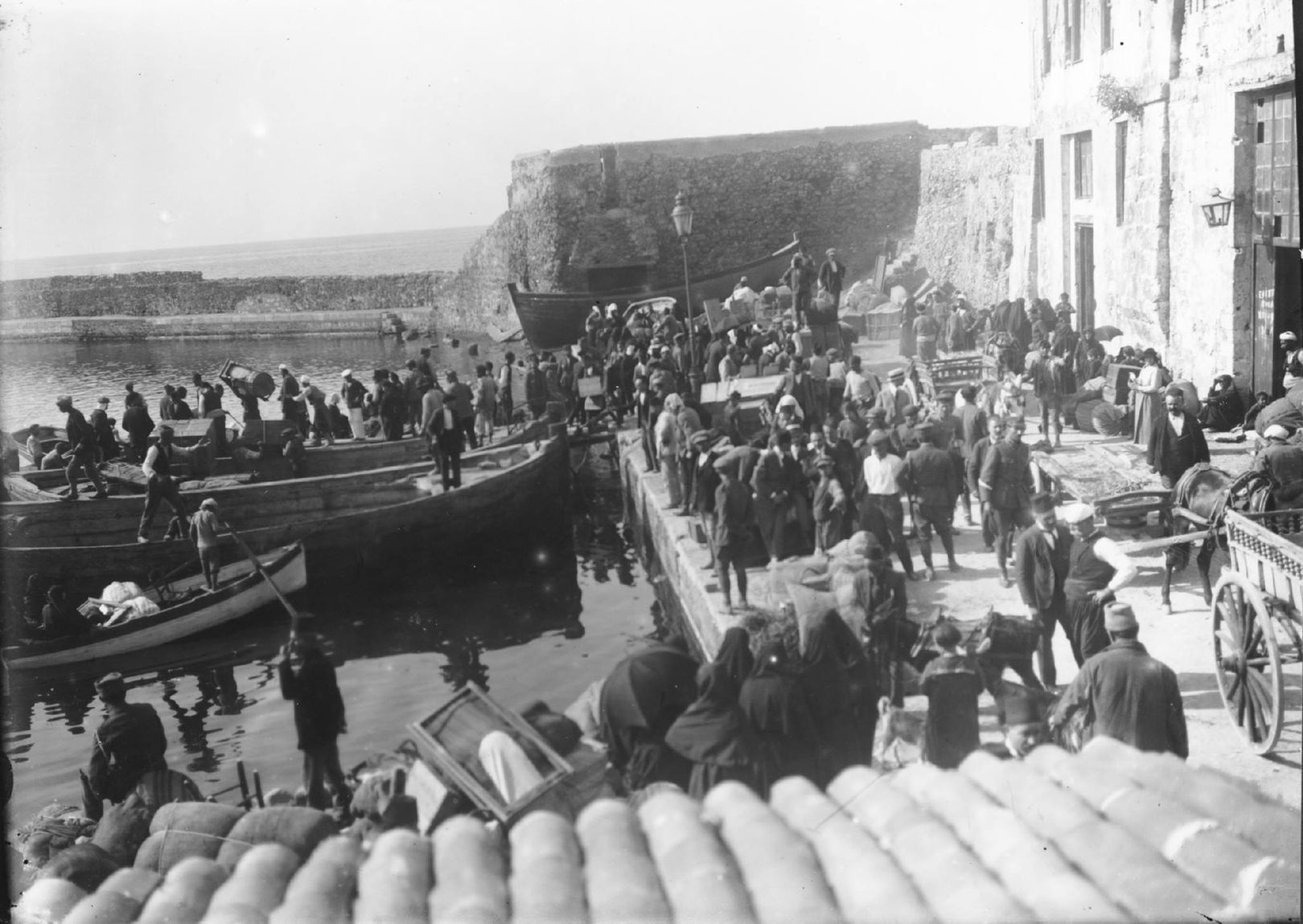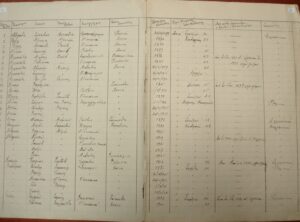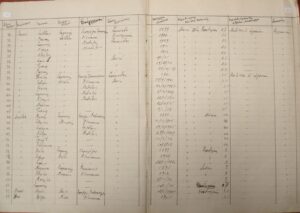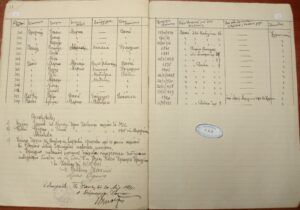The Jewish community of Chania
Full Description
Before the Holocaust, the Jewish presence on Crete dated back centuries. The first Jews to resettle on the island probably came from Palestine as part of the population movements that took place in the Mediterranean during the Hellenistic period. Throughout this time, the Jewish populations were mostly concentrated in Chania and Heraklion, but also in smaller towns and villages, depending on the available resources and the historical circumstances.
During the 20th century, the largest Jewish community in Crete was in Chania. Due to the widespread unrest before and during the short-lived sovereignty of the Cretan state, many Cretan Jews migrated to Alexandreia, Smyrna and elsewhere. When the departure waves abated, a community of 400 people remained in Chania.
When the German army occupied the island in 1941, the Nazi administration immediately demanded a record of the Jewish population in the city. In August 1941, the rabbi of Chania compiled the lists and delivered them to the Nazi administration. It included the names of the Jews of Chania organised by family as well as information such as their age, address and citizenship status.
This was the first of two lists demanded by the Germans during the occupation. The second was an updated list compiled in February 1943. The forced displacement of the Jews of Chania started a year later. In the early morning of May 21, 1944, the mass arrests started from the Jewish quarter, followed by the arrests of the families that lived in the rest of the city. With the exception of 2-3 people who managed to escape, the entire Jewish community of Chania was rounded up and transported to the Agyia prison where they were kept for a few days. They were then transferred to Heraklion where they boarded the ship Tanais. They were locked in the ship’s cargo hold where they were joined by several captives, members of the Greek resistance from Keramies, an area outside Chania. On June 9, 1944, a few hours after the Tanais had left the port, the British submarine Vivid torpedoed the convoy. None of the prisoners survived the shipwreck. Ever since then, Chania has not had a Jewish community.
Bibliography
Dafni Lappa, ‘The Jews in Chania, Crete. Late 19th – early 20th century’, in Archeiotaxio, ASKI – Themelio, no. 19 (December 2017), pp. 123-140.
Nikos Stavroulakis, ‘The Etz Hayyim Synagogue. History and architecture’
[https://www.etz-hayyim-hania.org]
Dimitris Mavrideros, ‘The last journey’, Chronika, no. 17 (January-February 1994), pp. 4-35.



